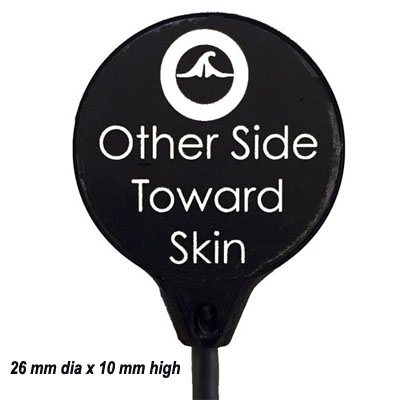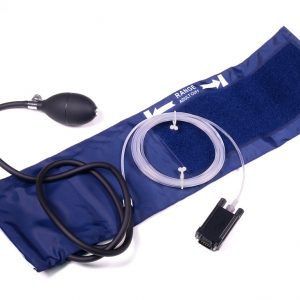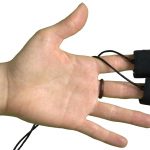Contact Microphone – MP3X/46/45
Record acoustical physiological signals
Biopac Student Lab Accessory
Detect heart sounds, Korotkoff sounds, rubbing or grinding (e.g., Bruxism), and more
The SS17LA is a contact acoustical transducer. The sensing element is a piezo-electric ceramic disk that’s bonded to the interior of a plastic circular housing. The housing acts to focus intercepted surface pressure waves onto the piezo-electric ceramic disk to enhance both sensitivity and signal to noise ratio.
The SS17LA connects to a single input channel of the BSL System MP3X, MP46, or MP45 unit to measure a wide array of physiological sounds and pressure waves.
The SS17LA can
- Measure heart sounds or Korotkoff sounds. For heart (including valve) sounds, the SS17LA can be secured to the respective torso location proximal to the source. When the SS17LA signal is recording sounds from the Brachial artery, simultaneously with the SS19L/LB blood pressure cuff signal, the Korotkoff sounds vividly mark the systolic and diastolic blood pressure.
- Record the sounds associated with rubbing or grinding. (e.g., Bruxism).
- Measure glottal activity and specifically record the production of both voiced and unvoiced sounds. To measure vocal cord behavior, the SS17LA is placed adjacent to the larynx.
- Record the specific acoustical signature associated with the contraction of muscle fibers (place adjacent to striated muscle).
To listen to physiological sounds, as they are recorded, connect an audio amplifier or pair of headphones to the MP3X output.
See More...



Stay Connected